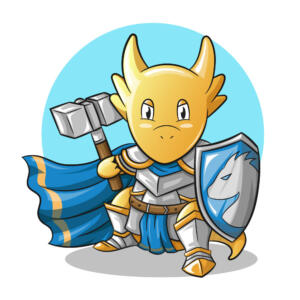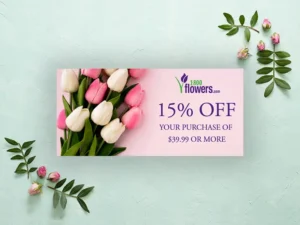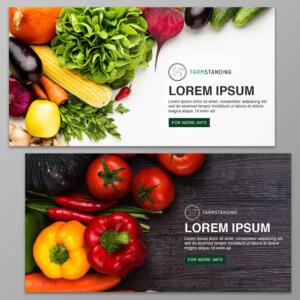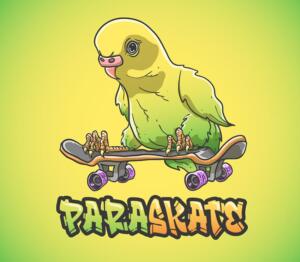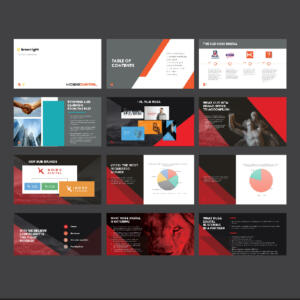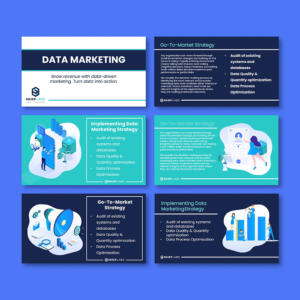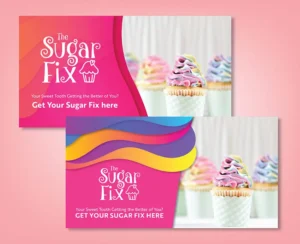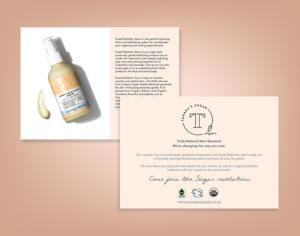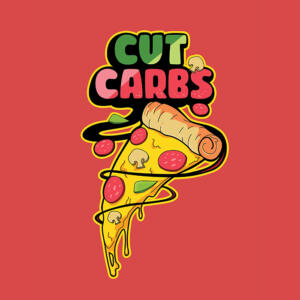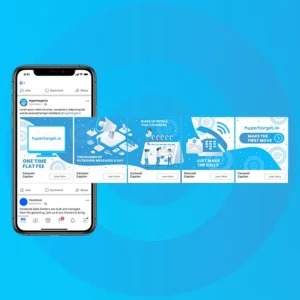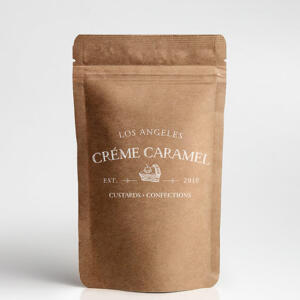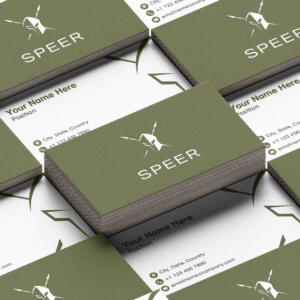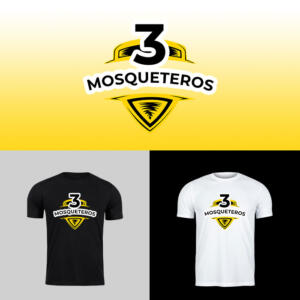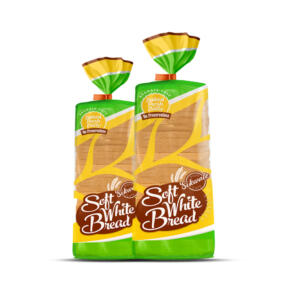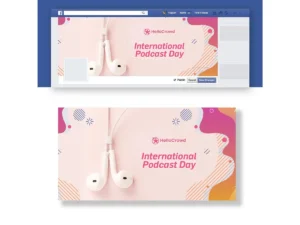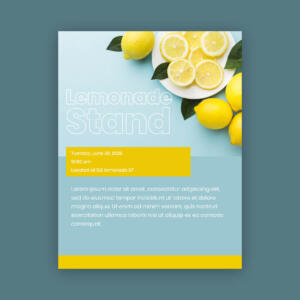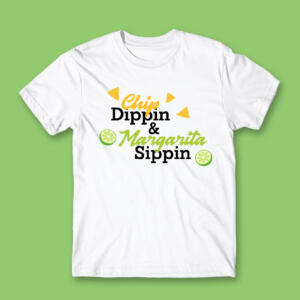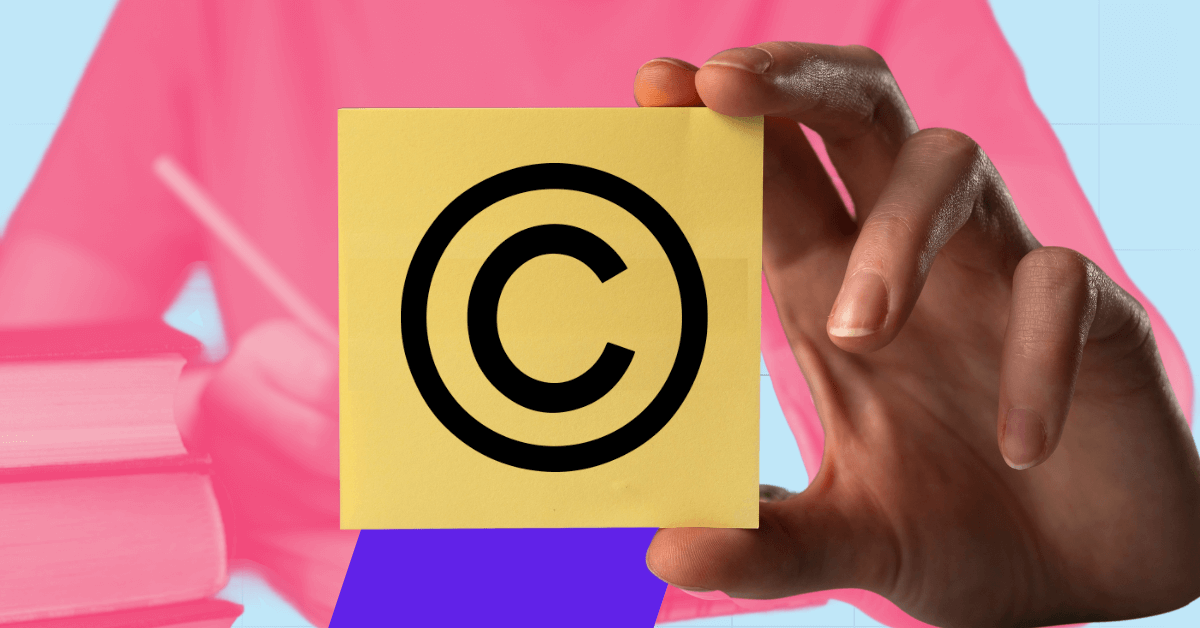
Bringing life to your brand with excellent creative work is crucial to business, something only a skilled graphic designer can do. However, it’s also essential that your design partner has a firm grasp of graphic design copyright laws to help you avoid potential legal concerns. Also, it would be a good idea for you to know about it as well. In a world where theft and infringement are rampant, it’s wise to protect your design assets.
Master the basics with Penji! Use code “GDCOPY15” for 15% Off your first month! Check out our plans and sign-up today for a 30-day money-back guarantee.
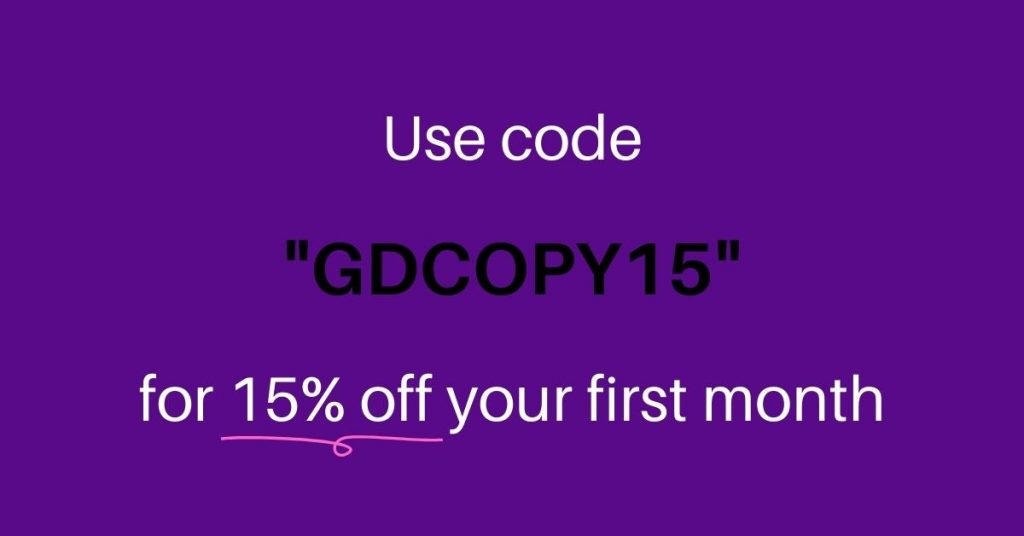
Table of Contents
- What is Copyright in Graphic Design?
- What You Can’t Copyright
- Registration
- Copyright Ownership
- Copyright Infringement
- Fair Use
- How to Determine Originality
- How to Prove Ownership
- Creative Commons Licenses
- Length of Protection
- Copyright Protection in Other Countries
- Avoiding Copyright Infringement: A Designer’s Guide
- Frequently Asked Questions
What is Copyright in Graphic Design?

Copyright law is the law that protects creative work from unauthorized copying and usage. Illustrations, photographs, and graphic designs that users reproduce and exploit for commercial purposes without the permission of the owner or designer are a clear violation of this law.
What You Can’t Copyright

Before we delve deeper into this law, let’s get to know what is and what’s not protected by it. The US Copyright Office states that for something to be protected by this law, it has to be in a tangible form. As an example, your idea can only be copyrighted once you write it down on paper.
Here are the things you can’t copyright:
- Ideas, Systems, Methods
- Names, Titles
- Slogans, Expressions, Short Phrases
- Symbols, Measuring Charts, Calendars
- Choreographic Works
- Letters or Color Variations
- Commonly Known Information
- Fashion
These can’t be copyrighted but trademarks can protect these. The difference is that copyright protects literary and artistic works such as videos, music, and books. While a trademark protects logos and other artwork that defines a company brand.
Registration

Once one creates original artwork, the current copyright law automatically protects it. Even without notice or undergoing the registration process. The author or owner of the artwork has the right, by default, to decide who can use, copy, or reproduce it under conditions set by them.
However, if you still want to have the capability of suing unauthorized users and making a claim for copyright infringement, you must have the work copyrighted.
Copyright Ownership

When you commission a graphic designer to create an artwork, who gets ownership? The person who creates the artwork is automatically considered as the “author” and is the owner of the copyright as stated under the law. In the “work made for hire” situation, you, as the client, get to own the copyright of the work a graphic designer creates within the scope of his full-time employment.
If you hired an independent contractor, they should assign the copyrights to you through a legal contract between both parties in exchange for the remuneration that you agreed upon. However, the artist is only prohibited to use the artwork elsewhere, but they can definitely claim it as their creation.
Copyright Infringement

Copyright infringement is taking your artwork, or a substantial part of it, without asking for your permission. Each country has its own set standards of what constitutes a substantial part. Generally, it is considered the part that truly defines your work and what makes it original.
Fair Use

Fair use in copyright is when the artwork is used, without asking for the owner’s permission. It’s applicable for non-commercial, transformative, educational, and parody purposes only.
How to Determine Originality

Which brings us to the question, how is originality in an artwork defined? There is no black-and-white answer to this as this remains one of the most debated areas of copyright infringement. Conflict usually arises when one designer uses another designer’s work as a reference. It is an infringement when the second artist’s work is “substantially similar” to the first one.
“Substantially similar” is when the average person would recognize that the second artwork has the same “artistic expression” that was used in the first. There is no formula to determine this, not even the 20% rule. So if the designer has changed 20% of the artwork, it is still considered an infringement.
How to Prove Ownership

Copyright in graphic design is automatic but there are a lot of benefits to registering your artwork as copyrighted. You can claim damages or compensation should unauthorized people use your artwork. If you have not registered your work, there are still some things you can do to prove that it is yours.
You should have records of your original artwork, dates of publication, and even witnesses to prove your ownership. You then have to prove that there is a connection between your artwork and the copied version of it for you to seek compensation.
Creative Commons Licenses

A Creative Commons license is one of the many public copyright licenses that allow creators and authors to share their work as long as it is properly attributed to them. There are six different types of Creative Commons licenses and each one has its own set of features that licensors can use depending on how they want the artwork to be shared or reproduced.
Length of Protection

The duration of a copyright term differs from nation to nation. In the US, it is 70 years after the death of the author or owner.
Copyright Protection in Other Countries

In the event that your artwork has reached the global level, you have copyright protection for it. This is applicable in all of the countries that signed the agreement in the Berne Convention for the Protection of Literary and Artistic Works. These countries comprise a majority of the world, therefore, this law protects your design wherever it may land.
Avoiding Copyright Infringement: A Designer’s Guide
Now, for the designers, it’s also crucial that you know how to navigate the fine line between inspiration and copyright infringement. Below are key considerations to ensure that your designs are original and legally sound:
- Understand Copyright Laws: Familiarize yourself with copyright laws and how these apply to graphic design. To help you avoid unintentional violations, it’s essential to understand what constitutes infringement.
- Create Original Work: Strive to craft unique designs from scratch. While a designer’s creativity thrives on inspiration, using your skills and artistic vision should be your standard, not relying on existing works.
- Use Licensed Resources: The images, videos, fonts, and other design elements you use should come from properly licensed third-party sources. Always read the terms carefully to understand the usage rights fully.
- Give Credit Where It’s Due: If you must use another one’s work, always credit the original creator according to the license agreement. Proper attribution can sometimes allow you to use copyrighted materials legally.
- Modify and Transform: If you use an existing work as inspiration, make significant transformations to craft something new. However, it still pays to be extra cautious, as minimal changes may not be enough to avoid infringement claims.
- Keep Detailed Records: Document your design process. This can include your sketches, drafts, and sources of inspiration. You can use these as evidence of your original work and the steps you took to avoid infringement.
- Consult Legal Professionals: When in doubt, seek advice from legal professionals specializing in intellectual property. Not only can you learn about complex legal issues, but you’ll also ensure that your designs are compliant.
- Educate Clients: Teach your clients about copyright issues. This is especially crucial when they request something that might infringe on existing works.
Frequently Asked Questions
How Do Graphic Designers Get Copyright?
Any graphic designer wanting to copyright their work can register it at their country’s Copyright office. Those in the United States can register with the U.S. Copyright Office. There, the graphic designer can fill out a form. Once completed, they will pay a filing fee and submit a copy of their work to complete registration and get the copyright.
Is Graphic Design Copyright?
Not until graphic designers or businesses register it for copyright. But there are certain eligibility factors and considerations to ensure a copyright in graphic design work. To reiterate, according to U.S. Copyright Law, a piece of art can be copyrighted with the following:
- Originality
- Fixed in a tangible form
- Authorship
Is Graphic Design Intellectual Property?
Graphic design can only be considered intellectual property legally if it’s registered for copyright. While graphic designers can claim they own a particular graphic, it’s not yet copyrighted if not registered. The same goes for businesses.
Businesses may also register the copyright to their visual materials in the U.S. Copyright Office. However, it’s important for businesses to know if the graphic design is 100% owned by them. In any case, they can register it as theirs. However, if the graphic designer may need credit, the business should add the designer as a co-owner of their design.
How to Request Original Graphic Designs from Penji
Our team at Penji is well-versed in copyright laws. So, all our clients rest assured that using the images they request from us won’t get them into any legal trouble. Watch our demo video here to know more about what we do.
Get Unlimited Original Designs from Penji
In today’s business climate, a steady stream of content and graphics is a must-have. It’s never been easier to copy and plagiarize, but there’s also more public scrutiny than ever before. A big part of upholding your brand reputation is originality and honesty. Our team of graphic designers will work with you to make original promotional materials when you need them. As the copyright holder, you have the leverage of protecting your designs and getting compensation should anyone copy or use them illegally.
Sign up with us today and try any plan with a 30-day money-back guarantee!
About the author

Celeste Zosimo
Celeste is a former traditional animator and now an SEO content writer specializing in graphic design and marketing topics. When she's not writing or ranking her articles, she's being bossed around by her cat and two dogs.
Table of Contents
- What is Copyright in Graphic Design?
- What You Can’t Copyright
- Registration
- Copyright Ownership
- Copyright Infringement
- Fair Use
- How to Determine Originality
- How to Prove Ownership
- Creative Commons Licenses
- Length of Protection
- Copyright Protection in Other Countries
- Avoiding Copyright Infringement: A Designer’s Guide
- Frequently Asked Questions
- How to Request Original Graphic Designs from Penji
- Get Unlimited Original Designs from Penji

